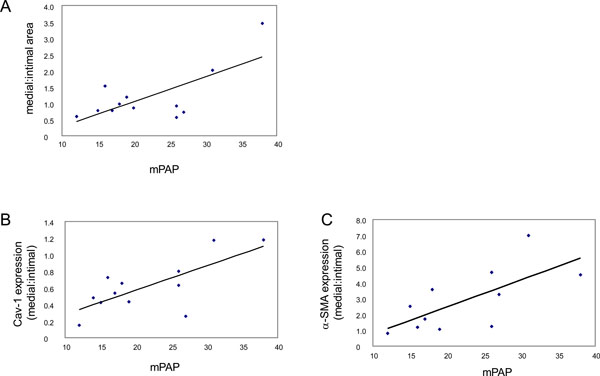
In 54 patients with elevated ABI, plaque was found to exist in small collections, distributed predominantly in the distal lower extremities. Another retrospective analysis attempted to correlate high ABI with plaque morphology and distribution as assessed by duplex in 184 diabetic patients. A retrospective study that examined 174 diabetics and 53 control subjects found discrepancy between ABI and toe brachial pressure among diabetics with ABI >1.3, concluding that distal calcifications made the ABI inaccurate. Although ABI >1.3 is common in diabetics, no correlation with ABI was reported in this study. Profunda femoris artery and below knee involvement were more prevalent in diabetics. A more modern retrospective study analyzed 136 randomly selected angiograms and compared peripheral artery disease distribution in diabetics and non-diabetics. Ankle brachial index and diabetesĪrterial calcifications are more prevalent and more severe in patients with diabetes than in non-diabetics as assessed by a retrospective analysis of 326 plain radiographs of the lower extremities. Longstanding inflammation has also been associated with increased arterial stiffness. Furthermore, in a population based study ABI > 1.3 has been associated with risk factors for atherosclerosis including visceral obesity, diabetes mellitus and chronic kidney disease. Accordingly, in a retrospective analysis of lower extremity radiographs in 137 diabetics and 50 matched healthy controls, an ankle pressure of 190 mmHg had a 90% specificity to detect calcifications. More recently, a rare familial form of lower extremity arterial calcifications has been described with mutations to the NT5E gene.Ĭalcifications of the arterial tree may result in falsely elevated lower extremity and, less commonly, brachial artery pressures. Correlates of arterial calcification include diabetes mellitus, chronic kidney disease, longstanding atherosclerosis and older age. Non compressible ankle brachial index (click to enlarge)Ĭalcifications in the arterial tree result from medial arterial calcification (MAC) or Monckeberg’s arteriosclerosis. Elevated ABI is further associated with increased risk for amputation in patients with critical limb ischemia. Both decreased and increased ABI are associated with increased cardiovascular risk and mortality. High ABIĪ high ankle brachial index is above 1.4.

Lesions in multiple vascular territories of the lower extremity tend to result in lower measurements than single lesions. It can add to our understanding of patient risk for mortality and other adverse cardiovascular events. A low ankle brachial index correlates with lower extremity artery stenosis or occlusion. An ankle brachial index <1 is considered abnormal. A normal ankle brachial index is between 1.0 and 1.4. Briefly, the ankle brachial index is the Doppler-derived ratio between systolic blood pressure measured in the ankle and that measured in the arm. DefinitionĪ complete review of ankle brachial index can be found elsewhere in the site. Compared to low ABI, not enough is known about a high ABI. Sometimes the ankle brachial index is elevated.

Adding exercise makes this test even more accurate. A low ankle brachial index has a high sensitivity and specificity for peripheral artery disease.

The ankle brachial index is an easy way to assess for lower extremity artery disease.


 0 kommentar(er)
0 kommentar(er)
